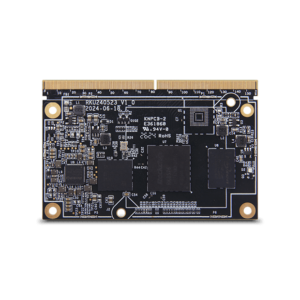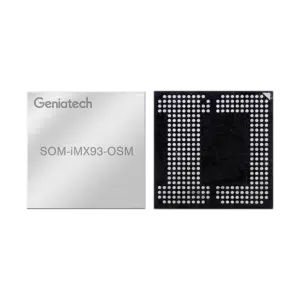Designing with Computer on Module: A Complete Guide for Developers
Designing with Computer on Module: A Complete Guide for Developers
Blog Article
The rapid development of technology has pushed substantial improvements in stuck techniques, certainly one of which can be the computer on module market Working as a link between custom electronics and off-the-shelf adventures, the SoM is redefining how developers method embedded system design. That website highlights the essential comprehension of a Program on Component and their growing applications in various industries.

What's a System on Element (SoM)?
A Program on Module (SoM) is just a lightweight, ready-to-use board that combines all the primary aspects of a method on a single module. This on average involves the model, memory, power management units, and often extra peripherals like Wi-Fi or Ethernet. Unlike a normal single-board pc, an SoM does not include connectors and screen ports pre-installed, indicating it must certanly be along with a company board to make a whole system.
Designed to streamline development workflows, the modular character of an SoM enables developers to miss out the complicated procedure for planning and assembling each individual part from scratch. By adopting an SoM, businesses can focus more on the application-specific characteristics of the products.
Advantages of Applying System on Module
The integration of a whole process on one module gift ideas several benefits. First, it dramatically decreases the time necessary for product development. Pre-tested adventures ensure security, keeping months of work for engineering teams.
Additionally, the scalability of an SoM enables companies to modify efficiency levels predicated on task requirements. Like, a low-cost alternative can quickly scale into a high-end solution by swapping the processor in the module while preserving the service table design. This method decreases executive risks while promoting long-term cost-efficiency.
Lastly, the consistency of an off-the-shelf component guarantees high compatibility with existing tools and frameworks, rendering it well suited for equally little startups and big enterprises aiming to hit the industry quickly.
Key Programs of SoM in Stuck Systems
The use of Process on Modules spans several high-demand industries including however, not limited by medical products, automation, and customer electronics.
Medical Products
Precision and reliability are paramount in healthcare. Program on Adventures with secure processing features are stuck in displays, imaging products, and portable diagnostic tools.
Industrial Automation
Strong and energy-efficient, an SoM is crucial for industrial get a grip on programs and autonomous robotics. Its scalable structure helps high-speed knowledge running and IoT connectivity.
IoT Products

Customer items like wise thermostats, wearable devices, and actually home assistants combine an ultra-compact Program on Component for seamless performance.
The System on Component remains to gain footing due to its paid down difficulty and flexibility, cementing itself as a future-proof option in the stuck systems sphere. Industry leaders are actually leveraging these segments, and their scope is likely to develop even more as engineering evolves.
Report this page